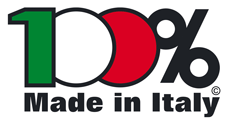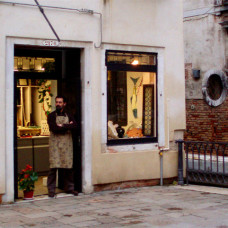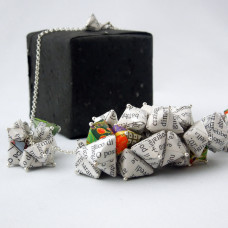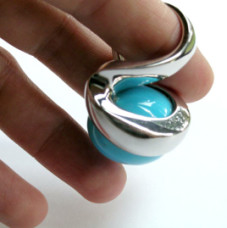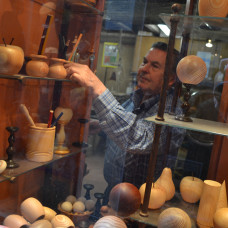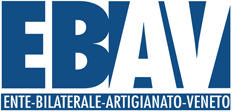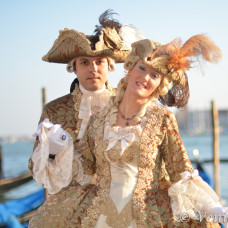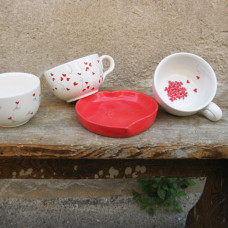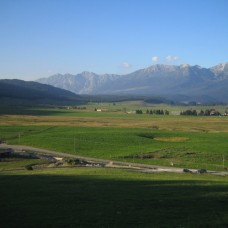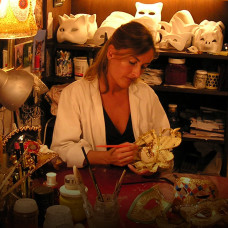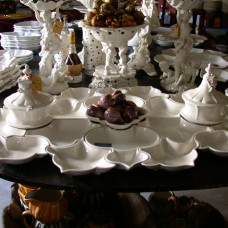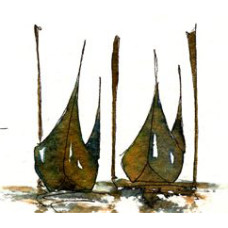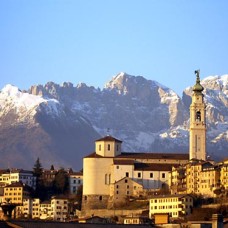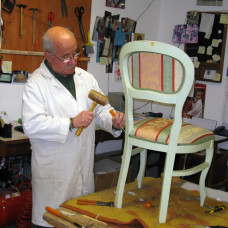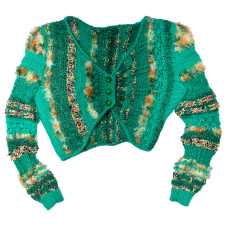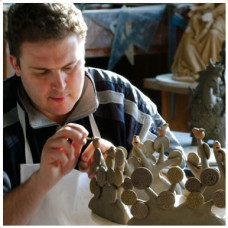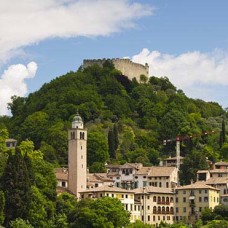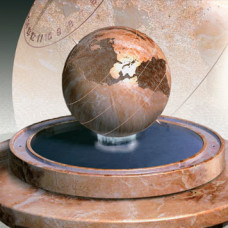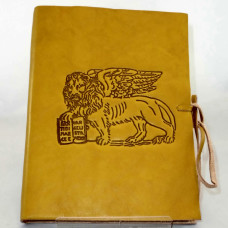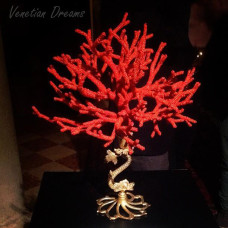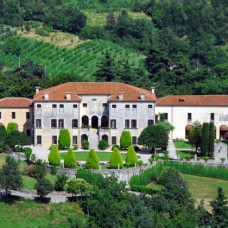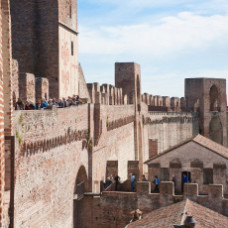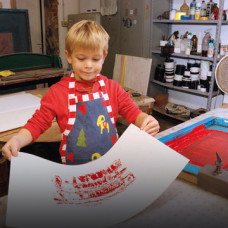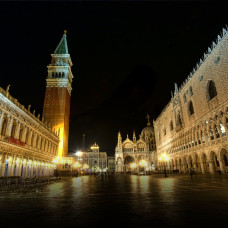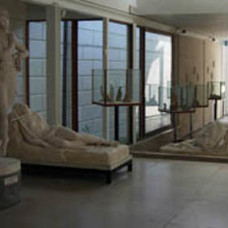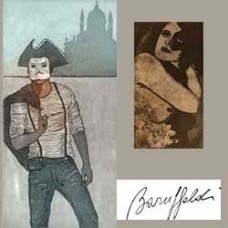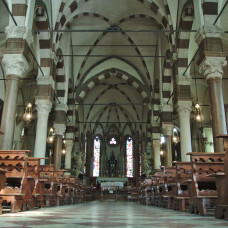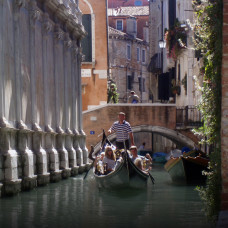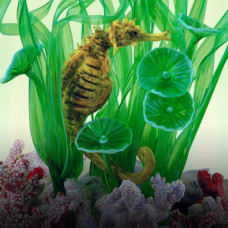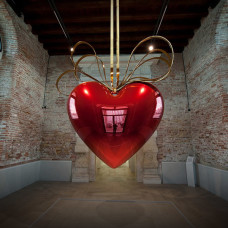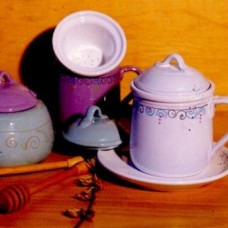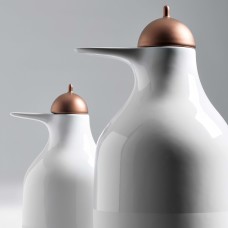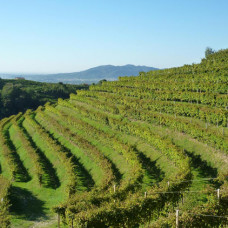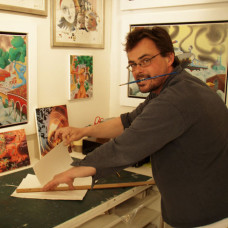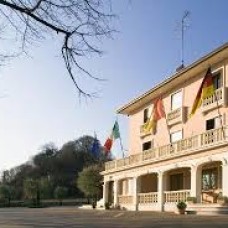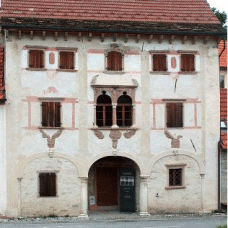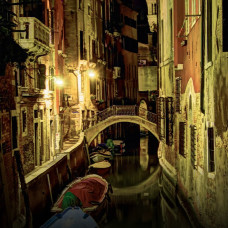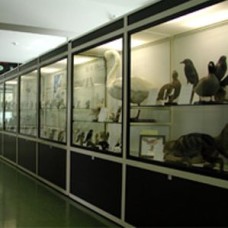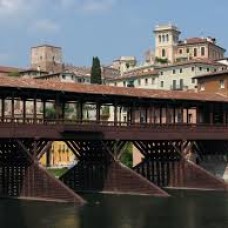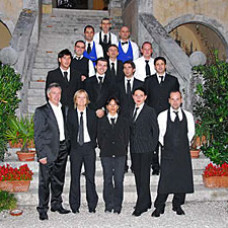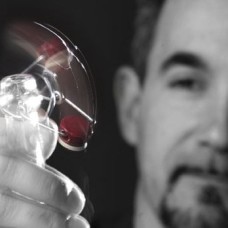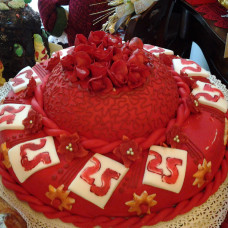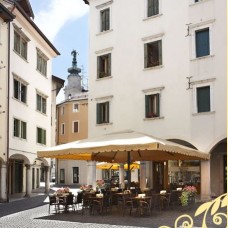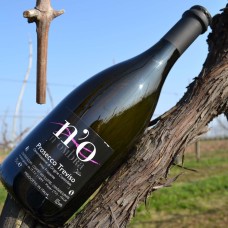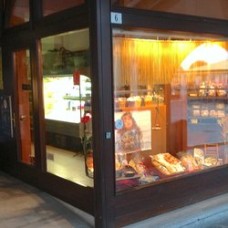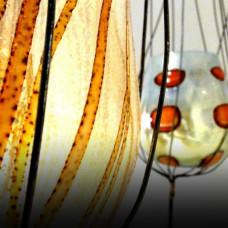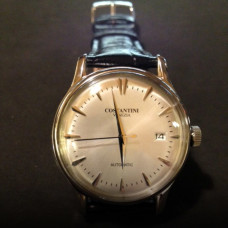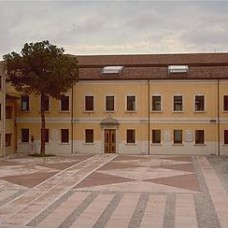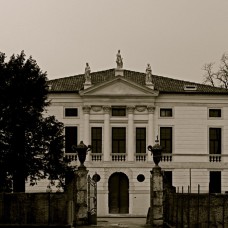
The secret heart of Venice
Lose yourself in the silent and magic heart of Venice.
The district (sestiere) of Santa Croce is the smallest of the lagoon city. It is the only one that can be reached by car (parking is in Piazzale Roma) and is directly connected to the mainland by the bridge Ponte della Libertà.
Two of the four bridges that span the Grand Canal are here: the new Ponte della Costituzione (Constitution Bridge, opened to pedestrian traffic in 2008), also known as the Calatrava bridge (it was designed by the Spanish architect Santiago Calatrava) and the Ponte degli Scalzi.
The name of this district comes from the Holy Cross of Jerusalem, a part of which was kept in a church that was then demolished by Napoleon.
In this area of the city you can find signs of the past (with several monuments, museums and churches), but also the marks of the present time: this part of the city is the one that has in fact undergone the most changes during the twentieth century, because of the construction of the bridge that connects Venice to the mainland, the construction of the Cruise Terminal, the recent Constitution Bridge and the People Mover, that connects Tronchetto Island to Piazzale Roma (operational since April 19th, 2010).
Aside from these contemporary manifestations, we suggest you lose yourself in the small and enchanting streets (calli), so rich in stories and curiosities, where many artisans' shops still enrich the fabric of the city.
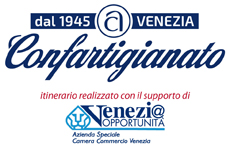
You can enter the secret heart of Venice, the district of Santa Croce, directly from the railway station or from Piazzale Roma, by crossing the Ponte degli Scalzi.
Walking through quiet calli (typical narrow pedestrian streets in Venice) and small bridges that overlook the canals, you can find, behind the church of San Zan Degolà, the Fondaco dei Turchi, the largest medieval building on the Grand Canal. It was transformed into a warehouse by Turkish merchants who settled there from 1621 to 1838. Bazaars, Turkish baths and mosques were opened there. Since 1924 the building is home to the Museum of Natural History (Museo di Storia Naturale). Among the various botanical, zoological, paleontological collections, there is also a collection of tools and models that illustrate the fishing systems in use in the Venetian lagoon as well as an extensive research library with over 40,000 titles. The main attractions are the whale skeletons and that of the Ouranosaurus nigeriensis, an impressive dinosaur seven meters long and three meters high.
A few hundred meters into Calle Larga you will reach Campo San Giacomo da l'Orio, a square where the homonymous church rises, one of the oldest and most striking of the city. Its foundation, according to tradition, dates back to the ninth century. In 1225 it was rebuilt in Byzantine style and decorated with very peculiar elements, including a green marble column brought from Byzantium as a war trophy during the Fourth Crusade. Inside, the beautiful series of paintings by Palma il Giovane for the Old Sacristy and the Chapel of the Blessed Sacrament are worth mentioning. Do not miss the summer festival held there.
Not far from San Giacomo da l'Orio stands Palazzo Mocenigo, which in 1954 was donated to the city of Venice by the owner Alvise Mocenigo, descendant of a patrician family. The ambience is refined and precious with eighteenth-century furnishings. Inside, you can admire a collection of clothes and accessories, fabrics, books and fashion plates from various ages.
After crossing the Rio di San Stae, you can continue your visit to the small church of Santa Maria Mater Domini whose facade is wedged between two buildings. It is a beautiful composition of the Renaissance, attributed to Sansovino. Around the square there are visible remains of buildings from the Byzantine period.
It's now time to discover some valuable objects of the Venetian craftsmanship: at number 2176, in the little square (campiello) of Santa Maria Mater Domini, is the workshop of the glass art master Marco Franzato, original creator of objects, jewellery and home accessories with various techniques of glass crafting, among which leading. Let yourself be seduced by these magical transparencies, then head along the Fondamenta Rimpetto Mocenigo up to the Grand Canal. In Cà Pesaro you will find the Museum of Oriental Art and the Museum of Modern Art. In this triumph of Venetian Baroque architecture one of the largest European collections of Oriental art with Japanese costumes, objects and fabrics from the EDO period (1600-1868) is held. Inside the Museum of Modern Art you can admire works by Klimt, Matisse, Rodin, Calder, Italian painters of the late nineteenth century and many more.
Once your mind is satisfied with culture, you can then rest your body in one of the typical wine bars (bacari) that you will find in this maze of narrow streets. If you then head towards Campo San Polo, at number 2155/A, you will reach Stefania Giannici’s workshop/atelier Owl Paper. Behind a long table made of birch wood she incessantly works one of the materials that have made Venice famous throughout the world: paper. By using Venetian, European and Oriental techniques, Stefania creates paper jewellery, furniture and home decorations, kites, unusual souvenirs, masks and other crafts, each one a discovery.
If you are still not content after such a display of craftsmanship mastery, continue towards the end of Calle Seconda del Cristo and on the right side you will find the last two precious places where to rediscover the excellence of Venetian craftsmanship. The first is Laberintho, at number 2236, where Marco Venier and Davide Visentin expertly manage the alchemy of the two most noble metals: gold and silver. Here materials are selected and combined in search of a different aesthetic concept: ancient seals and geometric shapes, blown glass and diamonds, ebony, amber and turquoise, black coral and fossil agate, join a dialogue that intertwines ages and cultures.
Right in front of this workshop is the workshop of Angelo Dalla Venezia, perhaps the last craftsman turner still in business. Since 1959, master Angelo has been creating decorative and functional objects. All his work (given a sample or drawing) is made on the manual lathe: a magical and exciting visit that you are bound never to forget.
Points of interest
Glass art master since 1991, Marco Franzato (MA.TO) was awarded for the high quality of his exhibit at the International Trade Fair of Padua in 1994 by the...

The inauguration of the Paper Owl atelier in Venice at Santa Croce 2155/A, on the 22nd of March 2013, was the fulfilment of Stefania’s dream. Craftsw...

Blown glass beads, composed of several layers of colour and silver leaf, are cut, flattened and tempered to compose linear jewels in which great attention ...

In 1959 Angelo Dalla Venezia began his business with a wood lathe and some tools, a gift from his previous employer, master Vincenzo Vio, who confided to h...









